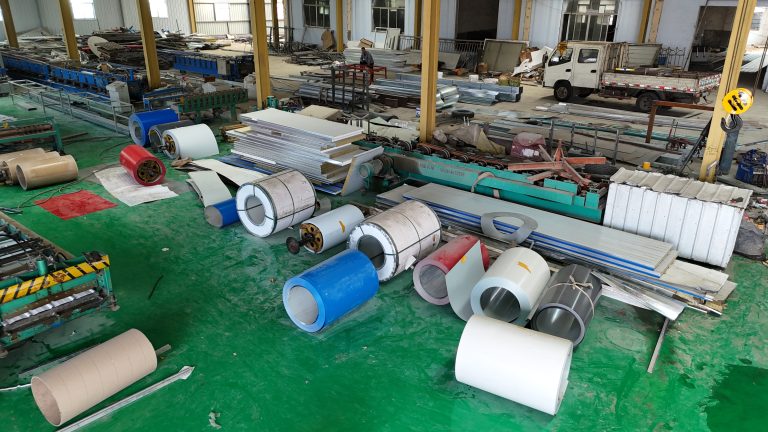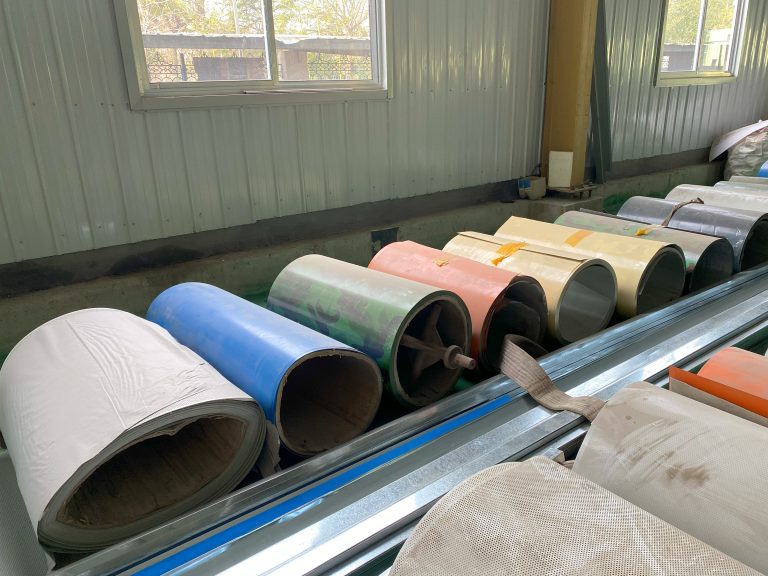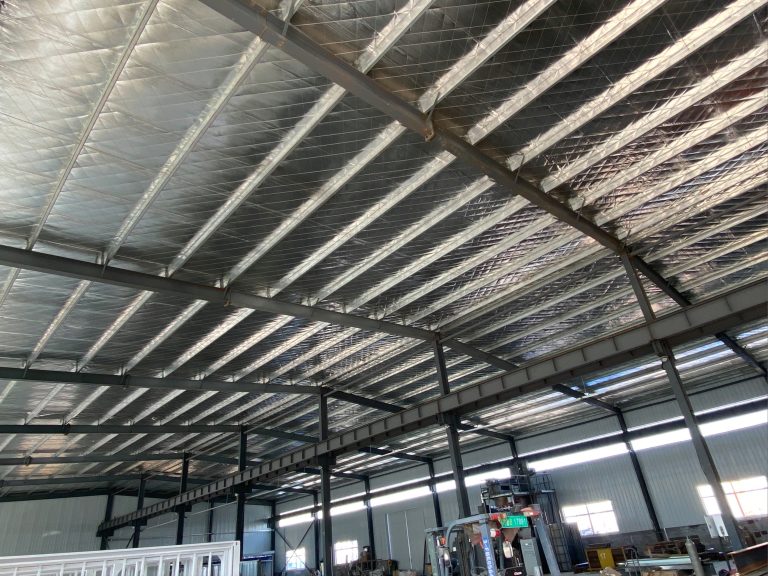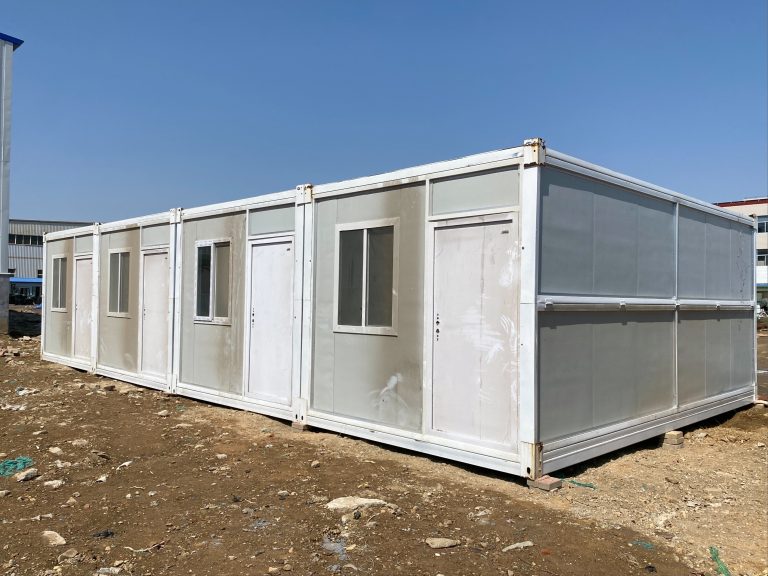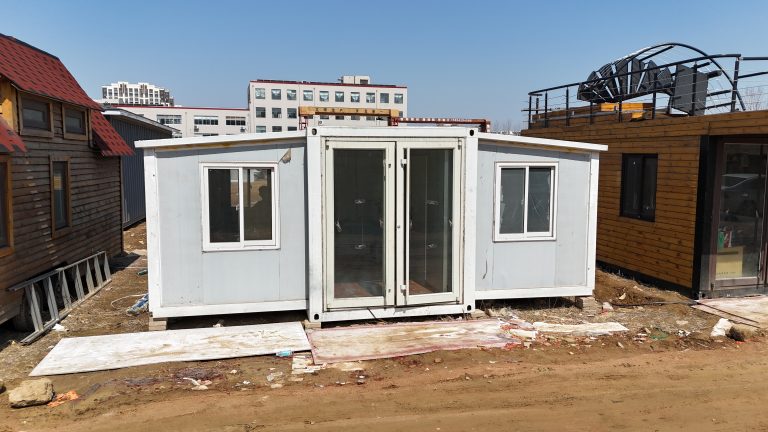Ecological toilet design of container house in outdoor camping site
Table of Contents
Sustainable Water Management in Ecological Toilet Design of Container House
Ecological toilet design is an essential aspect of sustainable water management in outdoor camping sites. Container houses are becoming increasingly popular as eco-friendly accommodation options, and incorporating ecological toilet design into these structures is crucial for minimizing environmental impact.
One of the key principles of ecological toilet design is water conservation. Traditional flush toilets use a significant amount of water with each flush, which can be wasteful in outdoor camping sites where water may be limited. In contrast, ecological toilets are designed to minimize water usage by using composting or dry toilet systems. These systems separate liquid and solid waste, allowing for the decomposition of organic matter without the need for water.
Composting toilets are a popular choice for container houses in outdoor camping sites. These toilets use organic materials such as sawdust or peat moss to cover solid waste, promoting decomposition and odor control. The resulting compost can be used as a nutrient-rich soil amendment for plants, closing the loop on waste management and promoting sustainability.
In addition to water conservation, ecological toilet design also focuses on waste management. Traditional sewage systems can be costly and energy-intensive to install and maintain, especially in remote outdoor locations. Ecological toilets offer a decentralized alternative, reducing the need for extensive infrastructure and minimizing environmental impact.
Container houses are well-suited for ecological toilet design, as they can easily accommodate composting or dry toilet systems. These systems can be installed in a small footprint, making them ideal for compact living spaces. By incorporating ecological toilets into container houses, campsite owners can promote sustainable water management practices and reduce their ecological footprint.
Furthermore, ecological toilet design can also contribute to soil health and biodiversity in outdoor camping sites. Composting toilets produce nutrient-rich compost that can be used to fertilize plants and promote healthy soil ecosystems. By closing the nutrient cycle and returning organic matter to the soil, ecological toilets support the natural processes that sustain life in the environment.
Transitioning to ecological toilet design in container houses requires a shift in mindset and behavior. Campsite owners and visitors must be willing to embrace alternative toilet systems and educate themselves on proper usage and maintenance. By promoting awareness and providing resources for sustainable water management, outdoor camping sites can lead by example and inspire others to adopt eco-friendly practices.
In conclusion, ecological toilet design is a critical component of sustainable water management in container houses at outdoor camping sites. By minimizing water usage, promoting waste management, and supporting soil health, ecological toilets offer a holistic solution to environmental challenges. Campsite owners and visitors can work together to implement these innovative systems and create a more sustainable future for outdoor recreation.
Composting Toilets: A Green Solution for Outdoor Camping Sites
Composting toilets have become a popular choice for outdoor camping sites due to their eco-friendly design and minimal impact on the environment. In particular, the ecological toilet design of container houses in outdoor camping sites has gained attention for its innovative approach to waste management.
One of the key features of composting toilets is their ability to turn human waste into nutrient-rich compost that can be used to fertilize plants and improve soil quality. This process not only reduces the amount of waste that ends up in landfills but also helps to close the nutrient cycle in a sustainable way.
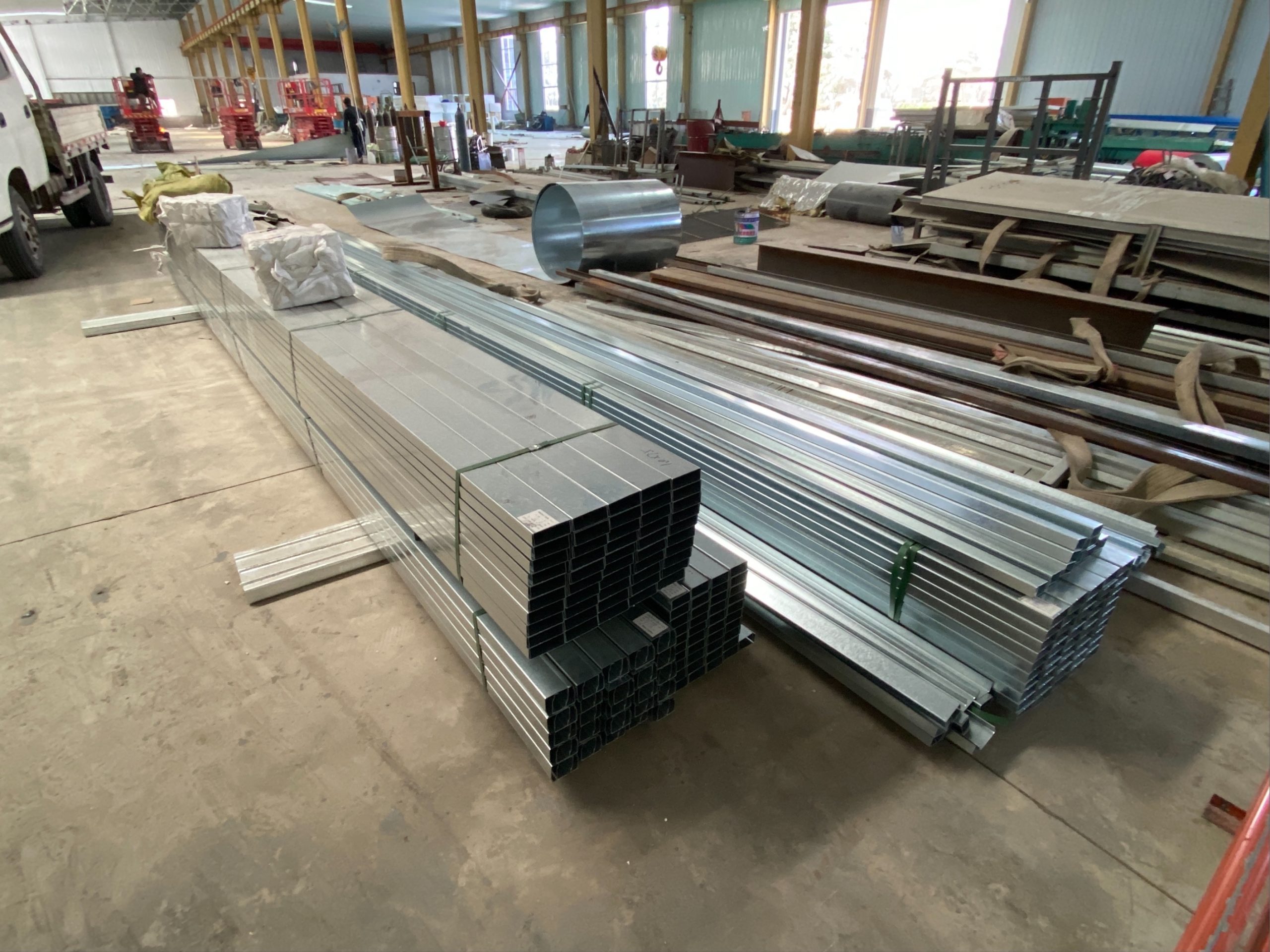
The ecological toilet design of container houses takes this concept a step further by incorporating the composting toilet system into the overall design of the structure. In a container house, the composting toilet is typically located in a separate compartment or room, with a ventilation system that helps to control odors and promote the decomposition of waste.
The design of the composting toilet in a container house is also optimized for efficiency and ease of use. The toilet is typically equipped with a rotating drum or other mechanism that helps to mix and aerate the composting material, speeding up the decomposition process. This ensures that the composting toilet remains odor-free and produces high-quality compost that can be safely used in gardening and landscaping.
In addition to their environmental benefits, composting toilets are also a cost-effective solution for outdoor camping sites. Traditional flush toilets require a connection to a sewage system or septic tank, which can be expensive to install and maintain in remote locations. Composting toilets, on the other hand, require minimal infrastructure and can be easily integrated into off-grid systems, making them a practical choice for container houses in outdoor camping sites.
Furthermore, the use of composting toilets in outdoor camping sites can help to reduce water consumption and minimize the risk of pollution from sewage runoff. By diverting human waste away from water sources and into a composting system, container houses with ecological toilet designs can help to protect the natural environment and promote sustainable practices in outdoor recreation.
Overall, the ecological toilet design of container houses in outdoor camping sites offers a green and sustainable solution for waste management. By incorporating composting toilets into the design of the structure, these container houses can minimize their environmental impact and promote a more sustainable way of living in nature.
In conclusion, composting toilets are a practical and eco-friendly choice for outdoor camping sites, and the ecological toilet design of container houses takes this concept to the next level. By integrating composting toilets into the overall design of the structure, container houses can reduce their environmental footprint and promote sustainable practices in outdoor recreation. With their efficient and cost-effective design, composting toilets are a green solution for waste management in outdoor camping sites.

